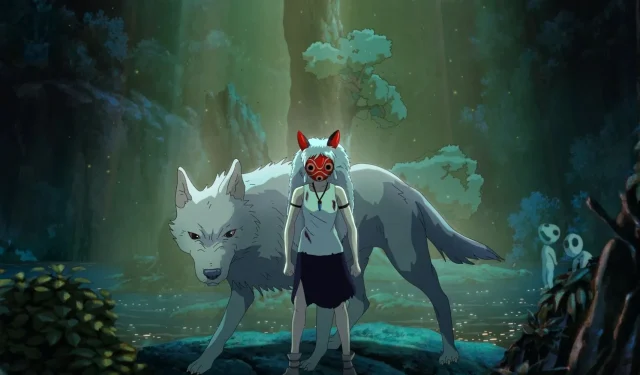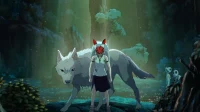Film Overview
- The recent IMAX restoration showcases the extraordinary elements of Princess Mononoke, highlighting its remarkable sound design and visual storytelling prowess.
- The film’s exploration of violence is deeply meaningful, shedding light on the enduring conflict between humanity and the natural world.
- Ashitaka serves as a mediator in this narrative, striving for both internal and external equilibrium, encapsulating a timeless lesson on coexistence.
|
Title |
Princess Mononoke |
|
Director |
Hayao Miyazaki |
|
Studio |
Studio Ghibli |
|
Release Date |
July 12, 1997 |
Since its debut nearly three decades ago, Princess Mononoke has continued to resonate with audiences. This new 4K IMAX restoration, released by GKIDS, serves as a poignant reminder of the film’s powerful narrative and aesthetic achievements. Despite its initial lackluster performance in North America following its record-breaking success in Japan, the film has remained a beloved classic, earning respect from critics and fans alike. Notably, renowned film critic Roger Ebert described it as Miyazaki’s finest work, a sentiment that persists even as newer films vie for that title.
Enhancements from the IMAX Experience
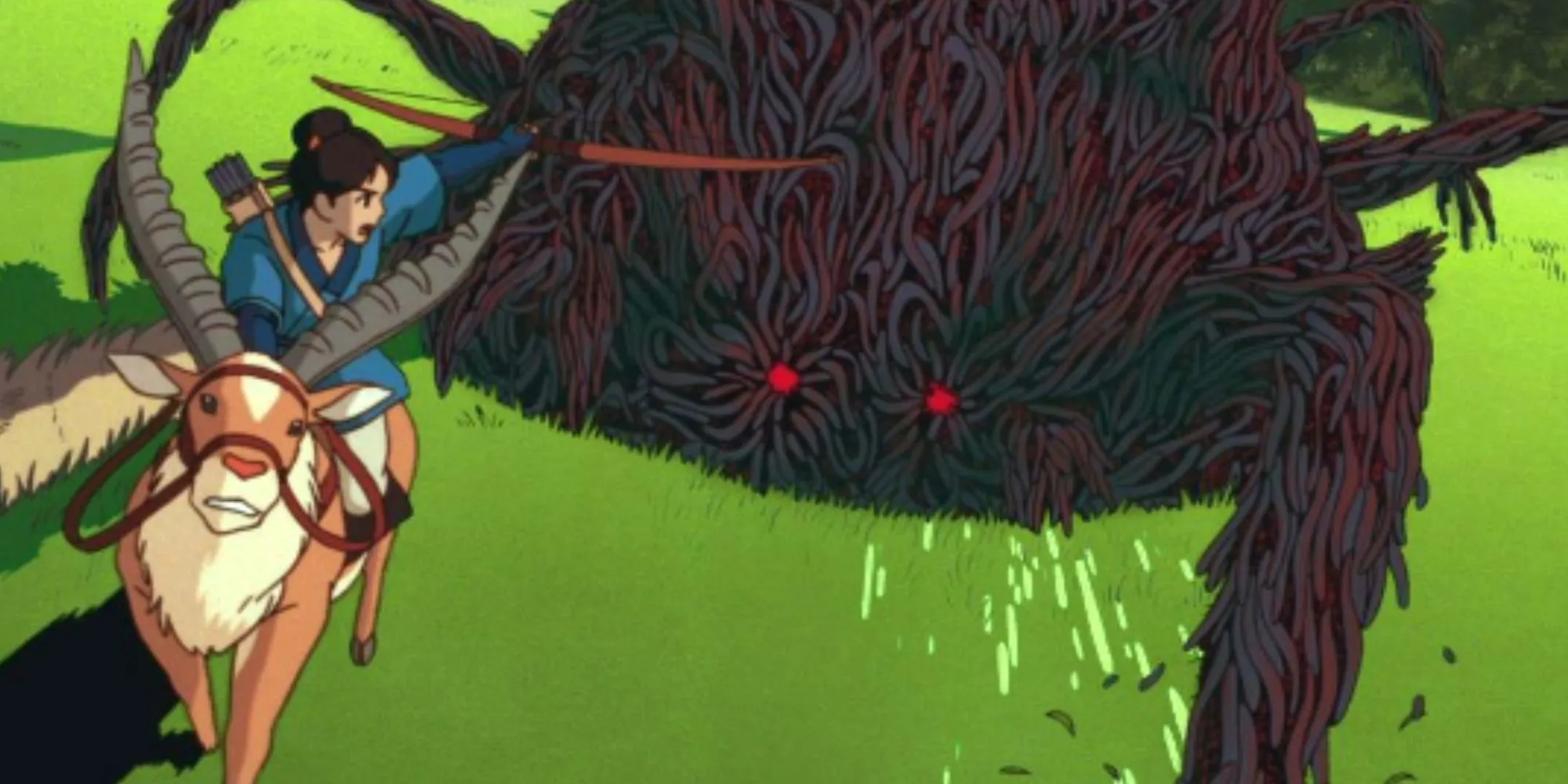
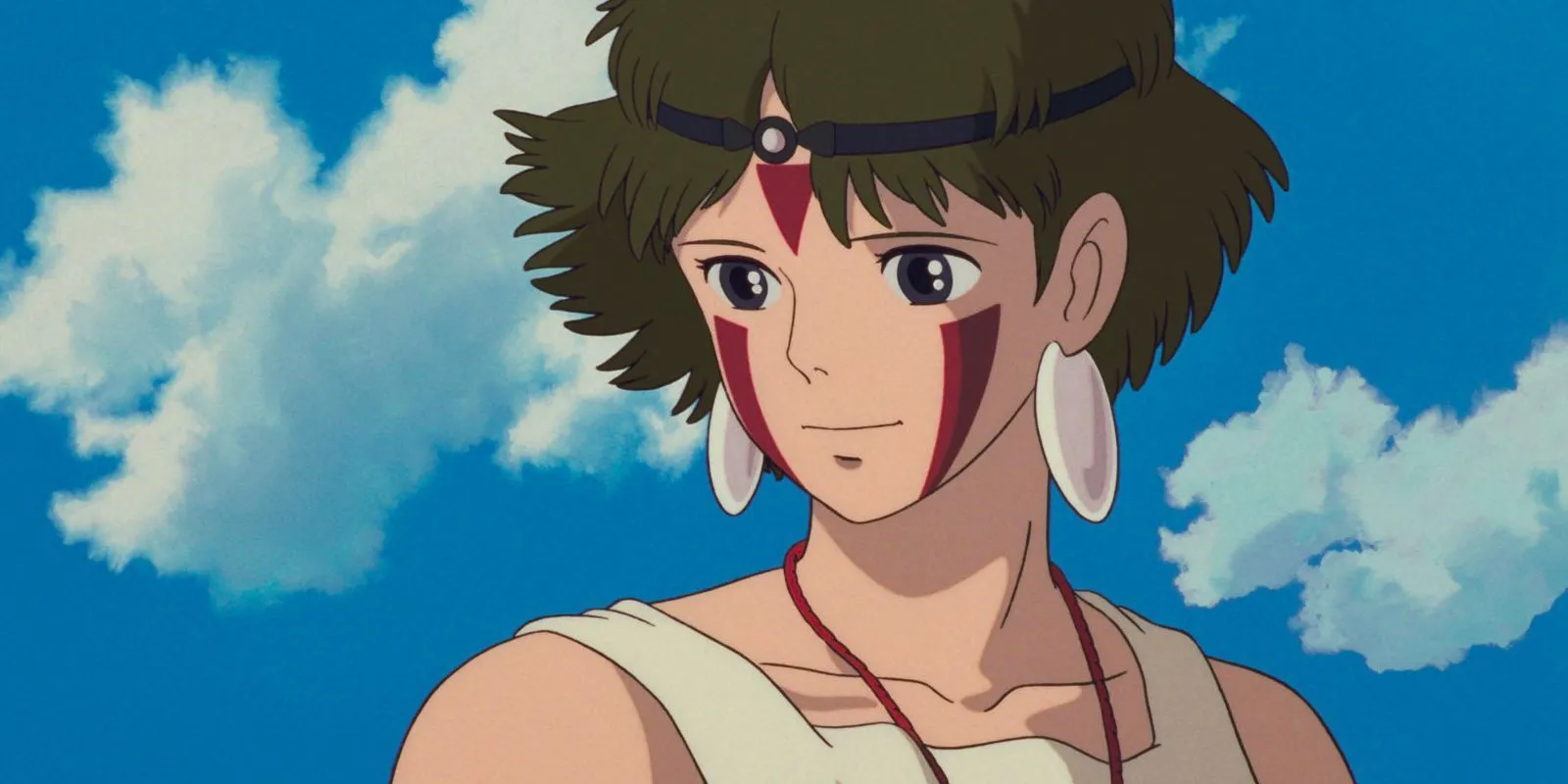
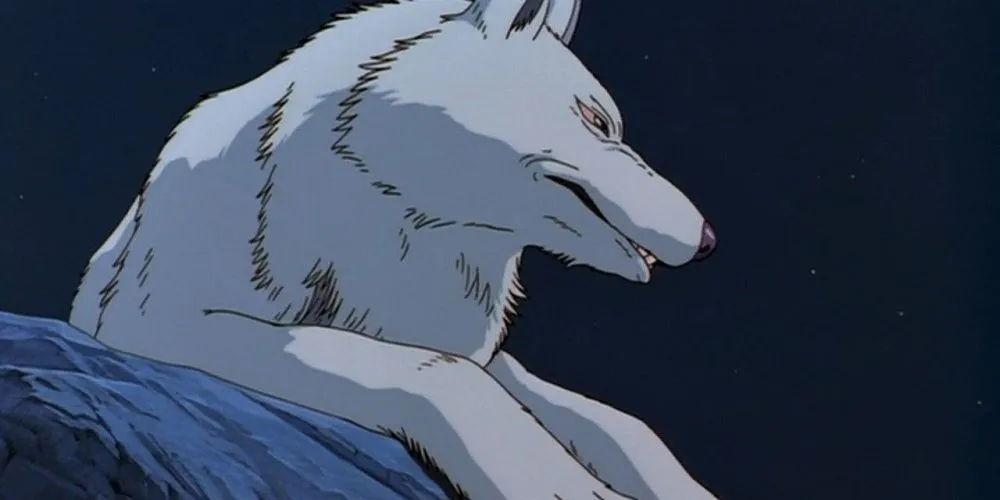
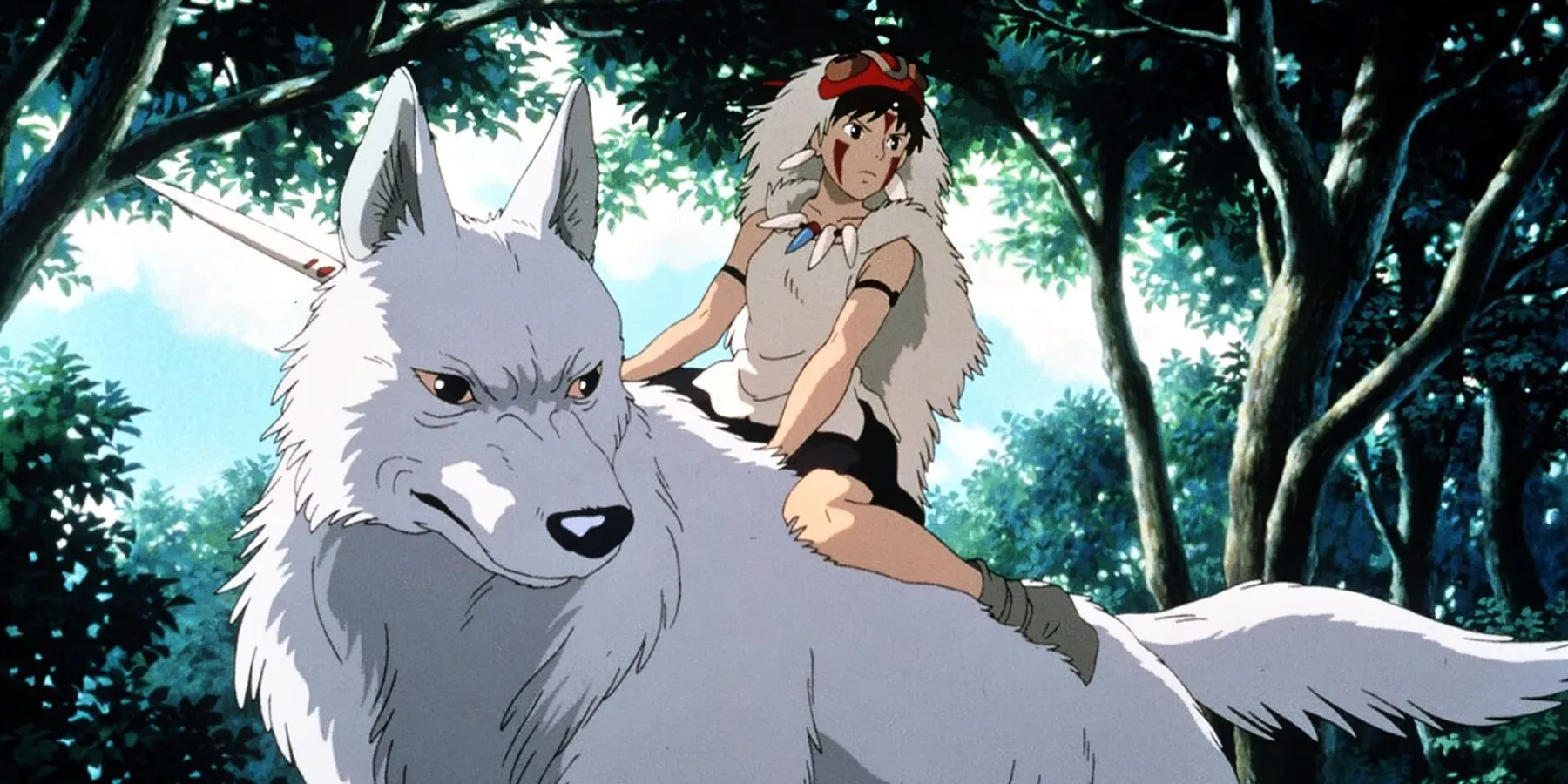
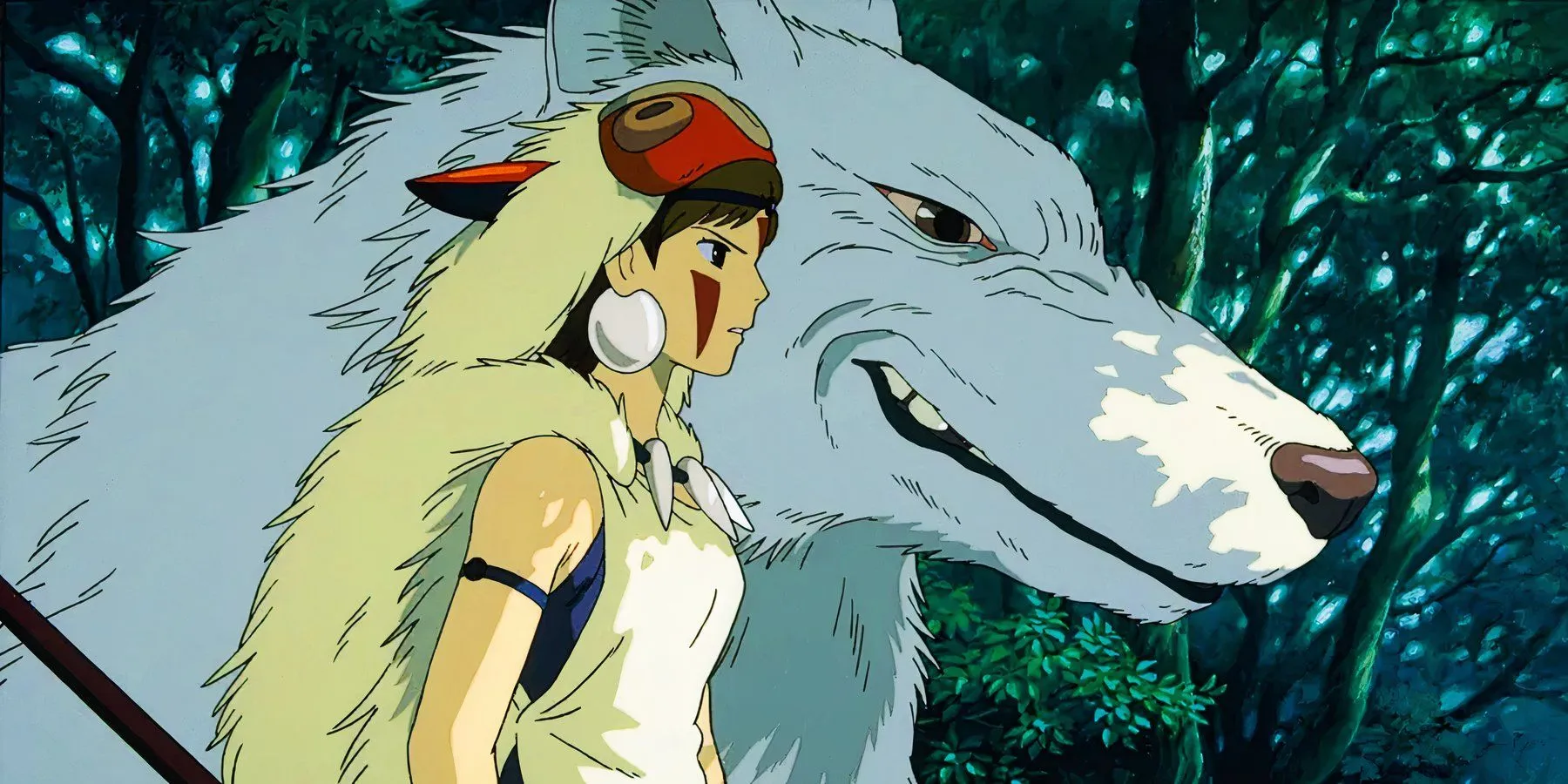
This restoration does not merely enhance the film but instead encourages viewers to immerse themselves in the full experience, embodying the phrase “with eyes unclouded”as Ashitaka, the protagonist, suggests. While the IMAX format serves to elevate the visual experience, it is the auditory dimensions that profoundly impact the viewer. Joe Hisaishi’s captivating score pairs with exceptional voice acting and intricate sound effects, creating an immersive soundscape that is now realized in stunning clarity.
As with many Studio Ghibli films, the animation captivates the audience, but it is the intricate Foley art that anchors this fantasy world, making it feel tangible. The film opens with a masterclass in visual storytelling, using sound to build tension and engage the audience. Each drawn blade and strained bowstring resonates sharply, drawing one into the narrative’s urgency.
Exploring Miyazaki’s Most Intense Work
https://www.youtube.com/watch?v=I1dHzoRl0sQhttps://www.youtube.com/watch?v=I1dHzoRl0sQ
For newcomers or those who may have forgotten, Princess Mononoke can come across as surprisingly violent compared to Miyazaki’s other works. The film’s dynamic sound design enhances every action sequence, ensuring that the violence is impactful rather than gratuitous. This delicate balance reflects Miyazaki’s own conflicted feelings about violence, portraying it with a precision that resonates throughout its intense moments.
At its core, the film examines an age-old struggle between humanity and the natural environment, aligning it with themes of environmentalism seen in earlier Ghibli classics like Nausicaä. The masterful character animation is complemented by rich sound design, intensifying the inherent conflicts and ultimately resulting in a captivating viewing experience. This narrative refrains from a simple “good versus evil”dichotomy, illustrating instead a complex interplay of motivations.
Profound Insights of Princess Mononoke
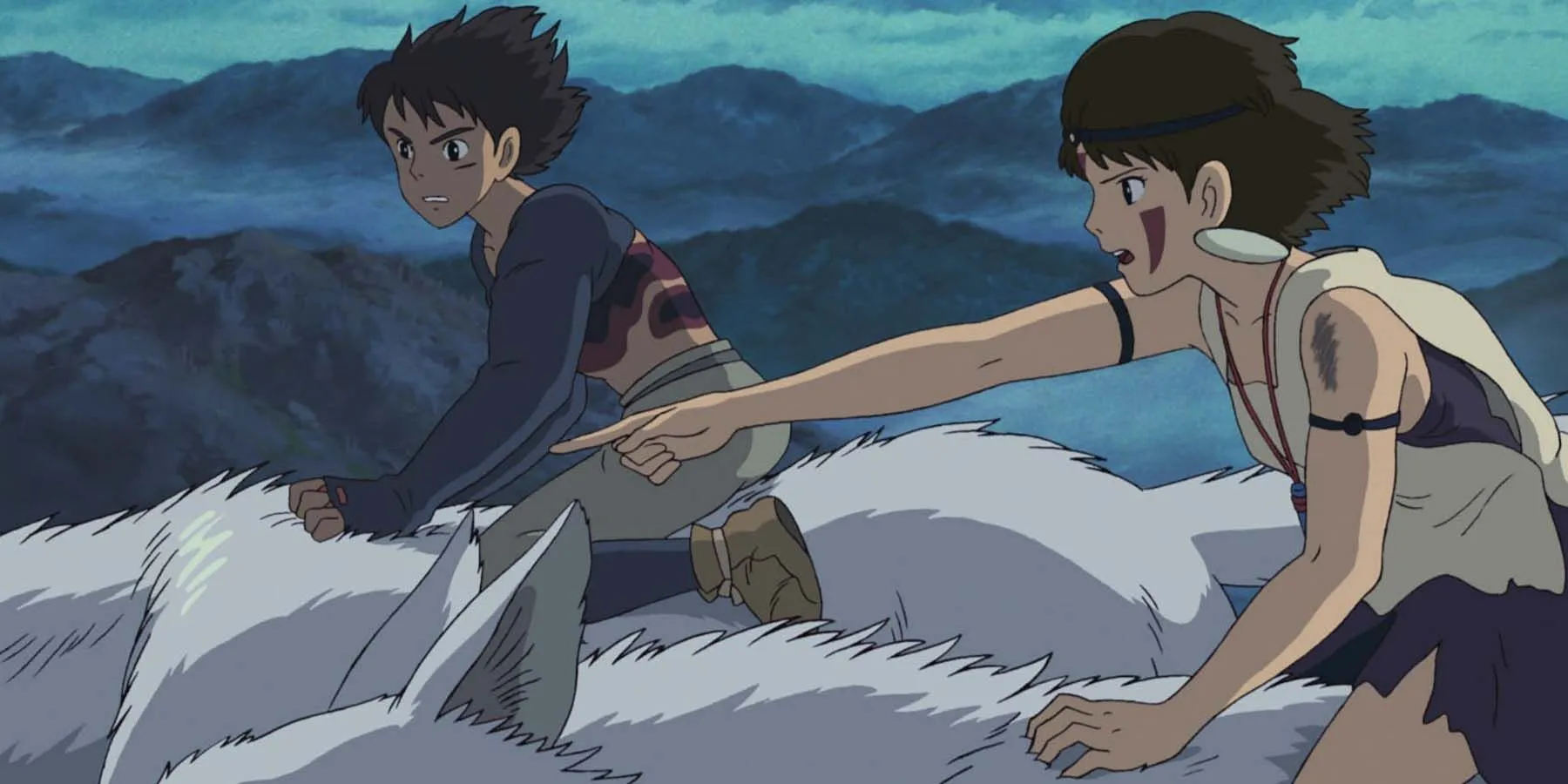
The plot unfolds as Ashitaka, a prince, confronts a demonic boar wreaking havoc in the woods, leading to the creature’s demise and Ashitaka’s subsequent curse, a fate that ultimately jeopardizes his life. His journey to uncover the source of the boar’s animosity toward humanity brings him to Irontown, where he discovers the conflict between human industry and the will of the forest spirits.
Throughout their cinematic endeavors, Studio Ghibli has succeeded in crafting authentic, immersive worlds. Miyazaki skillfully utilizes this atmosphere in Princess Mononoke to engage viewers, making them sympathize with both the forest spirits and the residents of Irontown. By the film’s conclusion, it’s clear how difficult it is to cast one side as merely “villains,”fostering a balanced perspective.
Nuanced Characters in Princess Mononoke
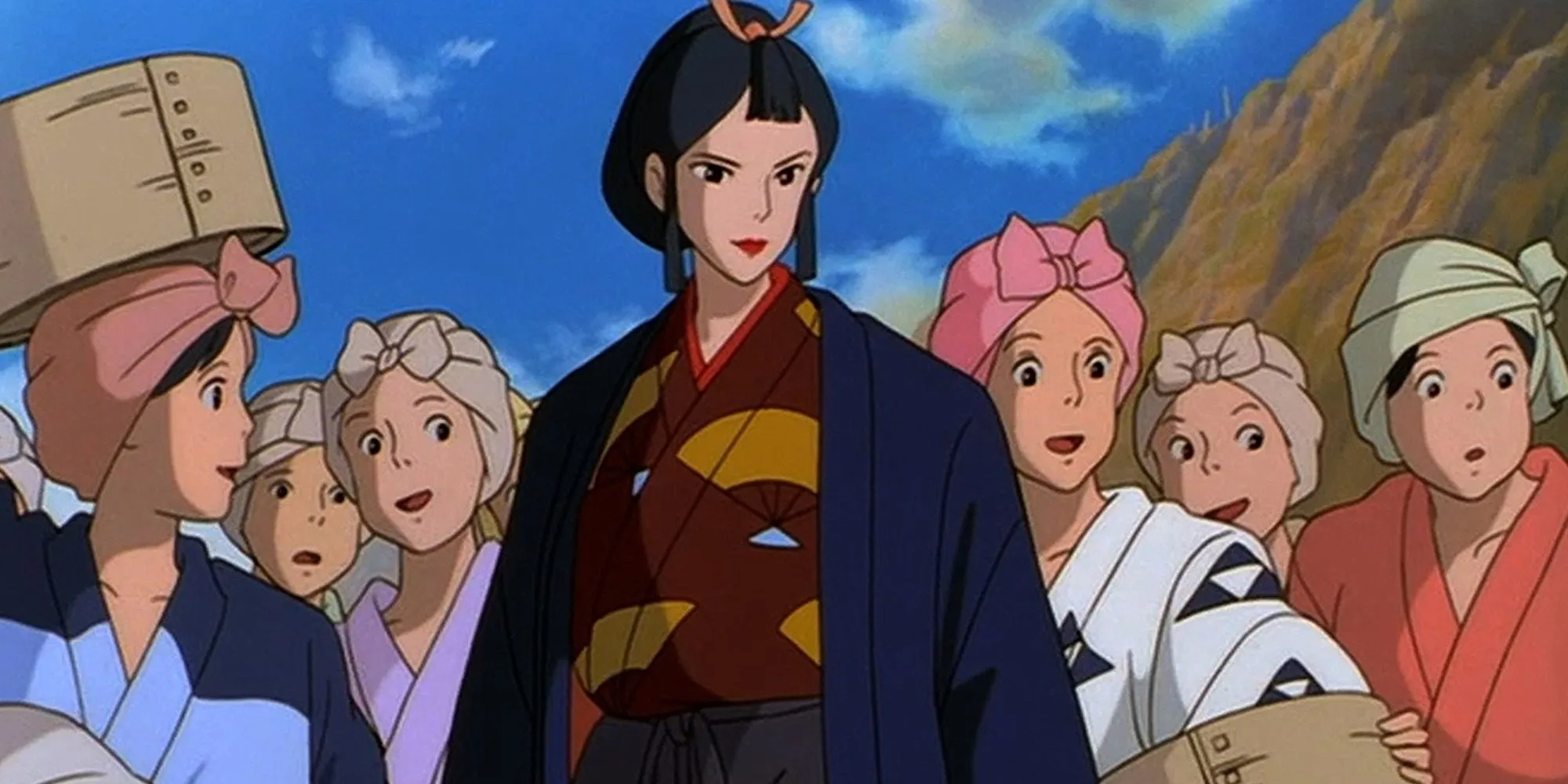
Lady Eboshi exemplifies this complexity. As Irontown’s leader, she plays a significant role in the strife between humanity and nature. While San, the titular princess, harbors contempt for her, the people of Irontown recognize Eboshi’s leadership and ingenuity. Viewers gain insight into her character through the community’s warmth, laughter, and resilience.
The women of Irontown, many of whom Eboshi has rescued from dire circumstances, embody confidence and strength, often displaying humor that enriches the narrative. Despite her role in the conflict, Eboshi’s genuine care for her community (including marginalized groups) renders her a multi-dimensional character, revealing motivations that challenge simplistic interpretations of villainy.
Ashitaka: A Proactive Hero
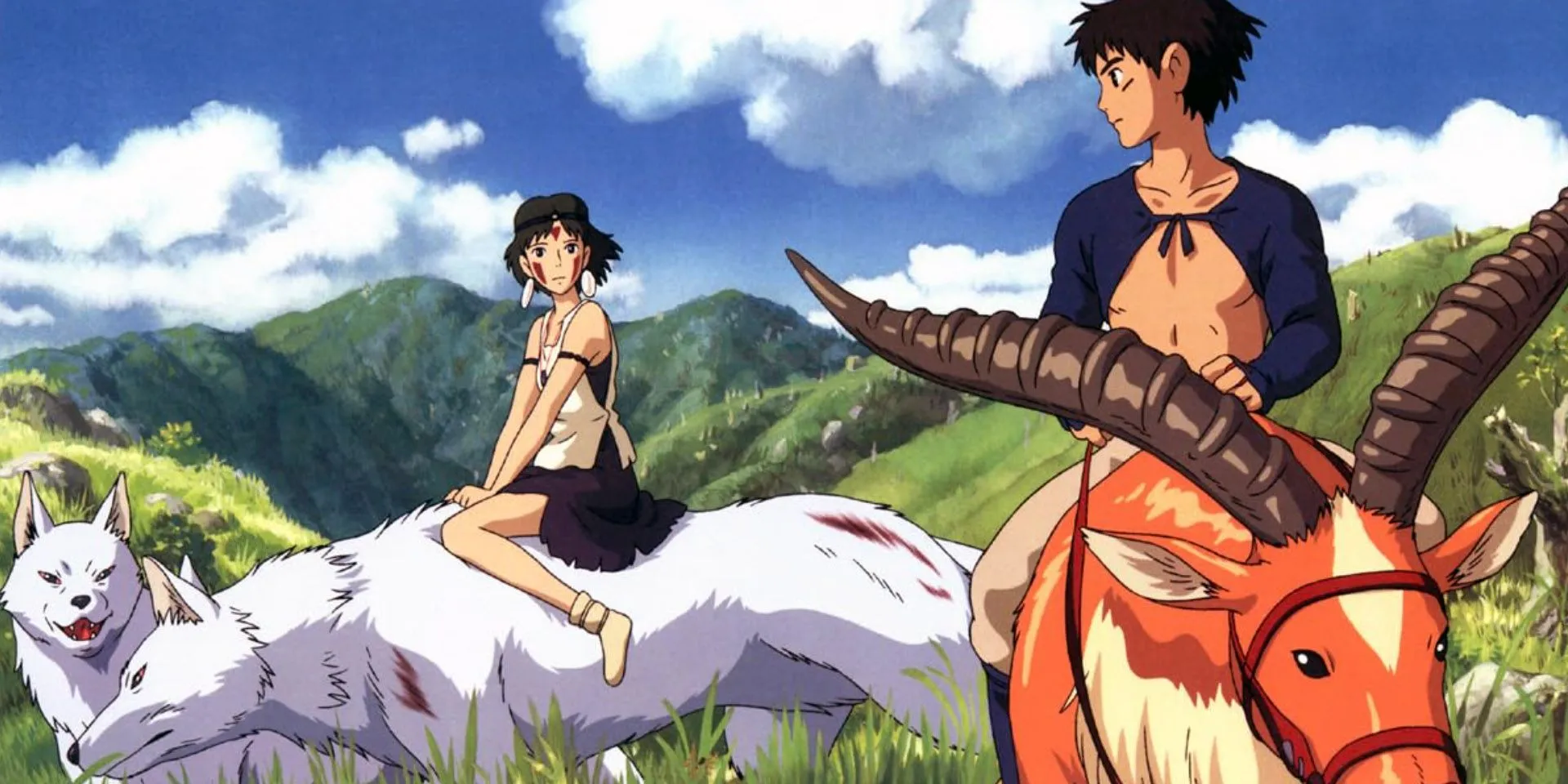
Ashitaka emerges as the story’s mediator; his unique connection to both the gods and humanity is central to his journey. The curse grants him immense strength, yet it also exposes him to the same anger that fuels the forest creatures, compelling him to confront the line between justice and vengeance. His heroism is characterized by his adept navigation of the opposing forces—a blend of human tenacity and the wrath of nature.
To “see with eyes unclouded by hate”becomes Ashitaka’s guiding principle, a concept that intrigues Eboshi, who is jaded by cynicism. The film’s mature resolution highlights that forgiveness is not easily attained, and that true progress often emerges from compromise rather than conquest, offering a profound perspective on conflict resolution.
Is This Miyazaki’s Pinnacle Creation?
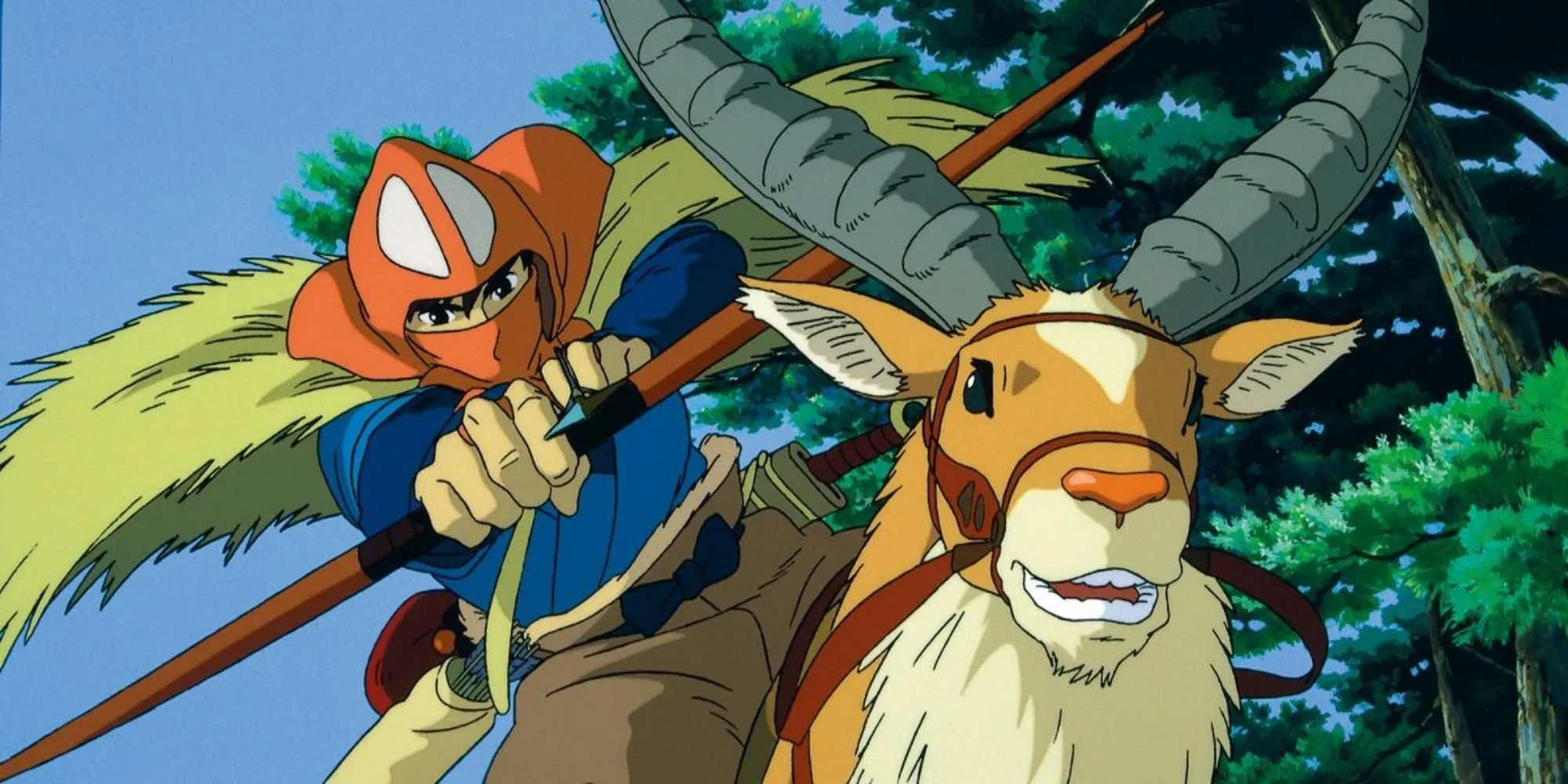
This analysis barely scratches the surface of the film’s richness. The forest gods, imbued with an aura of authority, echo themes of respect and fear, while the titular San, like Ashitaka, is caught in a delicate balance between worlds, having forsaken her humanity. Their relationship serves as the emotional backbone of the narrative, emphasizing the film’s core message of empathy and understanding.
Princess Mononoke is grand in both scope and ambition, elegantly intertwining complex themes without overwhelming the viewer. Its masterful craftsmanship respects the audience’s intelligence, allowing them to grapple with its profound ideas. While some may argue it is not Miyazaki’s definitive masterpiece, it undoubtedly ranks among his most remarkable works.
The film is currently screening in IMAX theaters across North America. For those who prefer home viewing, it is available for streaming on MAX and can be purchased on Blu-ray/DVD through GKIDS. While a 4K home video release has yet to be announced, it is plausible that one will arrive following its theatrical run.
